There are many universal breeds of dogs that can become a faithful companion to a person, as well as perform many important functions. Among the available list, it is worth highlighting the German Schnauzer, which today is represented by three interesting and popular subspecies.
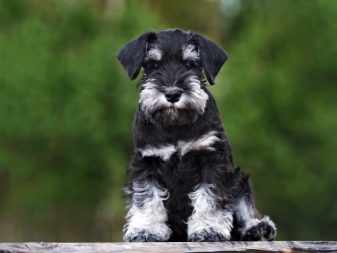
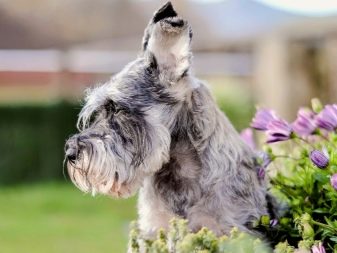
Origin
Germany is considered to be the homeland of schnauzers. The first references to animals with such an exterior of the 18th century are dated. Such dogs were previously used by farmers to protect their households from the invasion of moles and rats. It is believed that the ancestors of modern four-legged pets of this breed were Pinchers. However, in the process of interaction with humans, it became clear that schnauzers are not only excellent rat-catchers, but can also perform other useful functions, which served as an impetus for the selection of dogs.
Schnauzer is translated from German as “face”, one glance at the dog will be enough to understand why he was called so. After the man began to engage in animal breeding, large dogs were bred, which could be used to transport medium-sized and weight luggage, as well as small dogs that act as a faithful companion for humans.

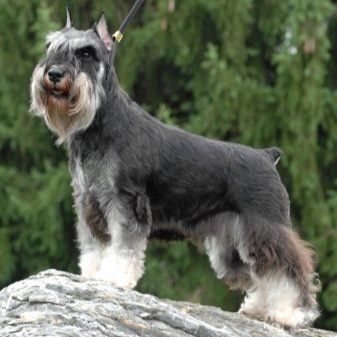
Description
Despite the fact that today there are three types of schnauzers, they have common characteristics for all. This primarily concerns the muzzle. It will be of a rectangular elongated shape, with a clearly visible transition from the frontal part, while the nose in dogs also remains rectangular. The eyes and lips of animals must be dark. Two types of ears are allowed:
- cropped;
- ordinary.
The first option will provide a standing position for the auricles, when at their natural size they will be half hanging. The body of the schnauzers resembles a square, while the limbs are strong, they do not stand out for their size. The tail is docked.
The coat is rather rough, without a haircut it will be long and straight. However, dogs are usually sheared to give a well-groomed appearance, trimming is used because the animals do not fade naturally.
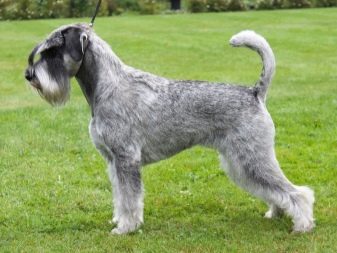
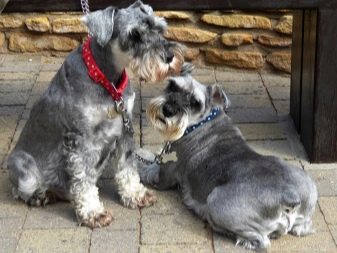
Usually the coat on the head and neck is shortened, and the hair on the hips is also to be cut. With the help of different tools, dogs are made expressive beards, mustaches, eyebrows. Soft wool is considered a deviation from the established characteristics of the breed.
The standard coat color for animals will be black and white, and dogs can also be in salt and pepper colors. The presence of a mask is considered acceptable for schnauzers, however, the presence of bright spots will be considered as rejection. According to the standards established in 1979, the height and weight of four-legged pets of this breed should be as follows:
- at the withers, giant schnauzers will be from 60 to 70 centimeters with a body weight of 35 to 47 kilograms;
- the average species grows to 45-50 centimeters, with a weight varying in the range of 14-20 kilograms;
- dwarf dogs should be at the withers at the level of 35 centimeters, with an adult weighing about 4-8 kilograms.
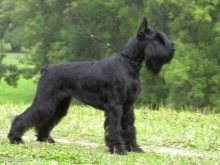
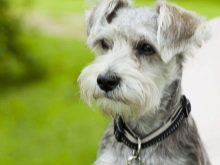
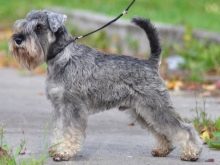
Animals of this breed are distinguished by good health, extremely rarely suffer from colds. These pets are considered long-livers. However, they may encounter such genetic abnormalities as dysplasia of the hind legs, diseases of the visual organs, diabetes, oncology, and inversion of the stomach.
Dogs are characterized by high intellectual abilities, curiosity and activity. Schnauzers have a balanced psyche, remain faithful to their breeder in any situation. An outsider is unlikely to be able to lure the schnauzer to his side, even with the help of goodies. The breed is considered suitable for security functions.
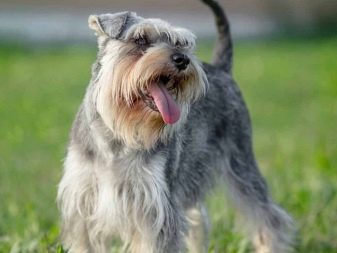
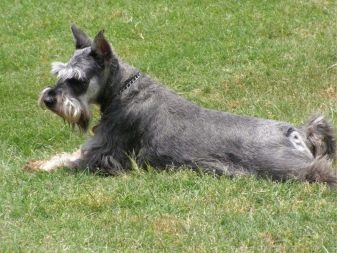
Advantages and disadvantages
A dog of this breed has inherent strengths and weaknesses that must be studied by a potential breeder. The advantages of schnauzers include:
- developed intelligence, in the light of which animals stand out for their excellent learning;
- the dog gets along well with children;
- the breed is considered universal, so the dog can be used as a companion and watchman;
- animals rarely get sick and live long.
Among the characteristics that can be attributed to the weaknesses of the rock, note:
- the need for constant special care for the coat of the pet;
- organization of regular active pastime for the pet.
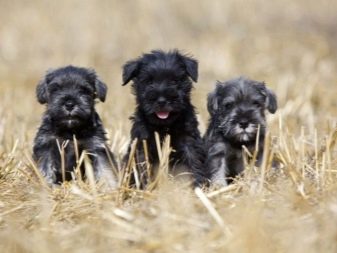
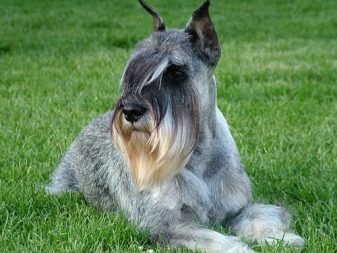
Varieties
Based on the features of the exterior, the schnauzers are divided into subspecies.
Miniature schnauzer
These are small pets with a breed-specific muzzle shape. In animals, the transition from the forehead is pronounced, there are thick eyebrows. The nose without a hump is in parallel with the forehead. Lips tightly closed, painted in dark color. The bite in dogs is scissor-shaped, the eyes are oval in shape of medium size. The ears are set high, the upper part is wringed to the muzzle, partial stopping is allowed. The second popular name for animals with a similar exterior is the cocker-micro-schnauzer.
The body of the miniature schnauzers looks like a square, the back is small with well-developed muscles. Croup rounded, gradually descends to the tail. The chest is wide, the line of the abdomen is taut. The limbs are straight, paws are small in size with closed fingers, black pads and claws. The tail is high, as well as the ears are sometimes docked. Some puppies of this subspecies of the breed are born with a small tail, which does not make sense to shorten.
Miniature Schnauzer is perfect for home use.
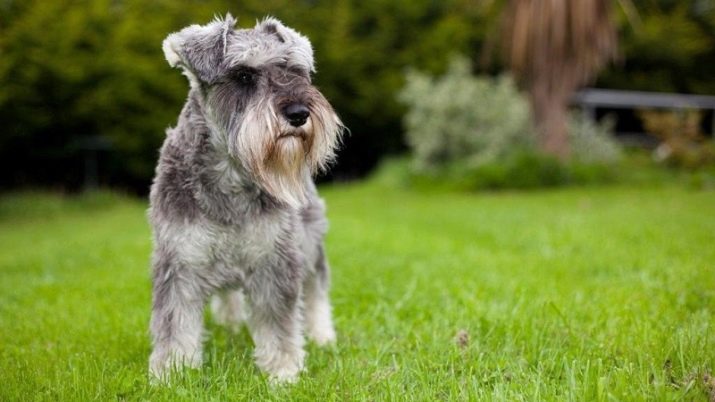
Schnauzer
The dog grows larger in size than the previous subspecies, has a well-developed muscular corset, a small but elongated head, characteristic of all schnauzers. In front of the muzzle from the forehead it is presented in the form of a wedge, the dog has a mustache, thick eyebrows and a beard. Scissor bite, oval-shaped eyes with dark color.
The physique is square, the chest is wide, the back is slightly sloping. Paws are not distinguished by their size, but they are developed correctly. The tail is high, docking is allowed, but should be long by standards.
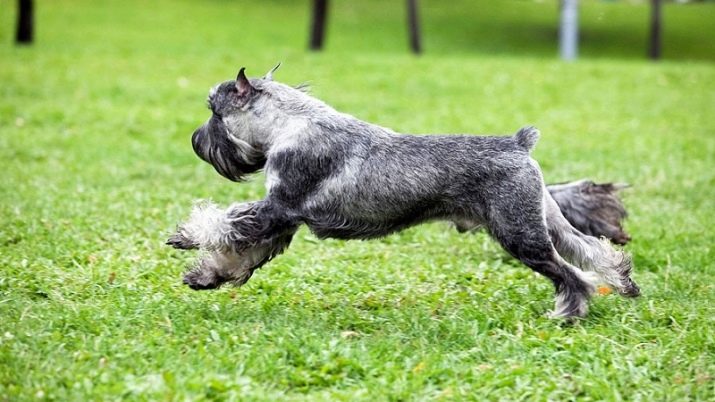
Giant Schnauzer
The dogs have a rather massive skull and a wedge-shaped muzzle with a beard and eyebrows. The jaws of the animal also stand out with their strength, the eyes repeat the shape of the oval, are located quite close to the bridge of the nose. Ears are hanging, placed symmetrically, have a triangular shape. The back of the dogs of this subspecies is short, the abdomen line is tightened, the chest is large, protruding forward. The limbs are straight and long, the hind legs are usually slightly shorter than the front legs, apart with a slight slope.
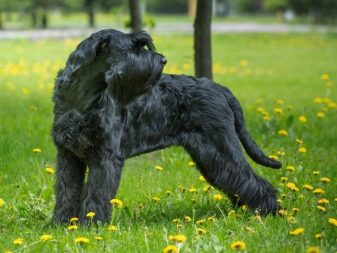
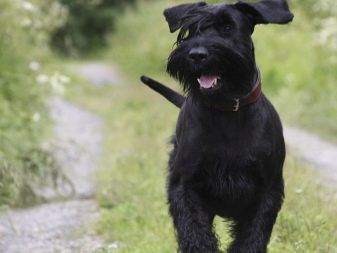
Maintenance and care
When purchasing a schnauzer puppy, you need to be prepared for the fact that the animal will need regular physical activity, therefore, when keeping the dog, it is necessary to provide it with daily long walks. Pastime should be shared. In addition to the usual trips on a leash, the pet should be occupied with various games so that he can warm up properly. This moment is extremely important for dogs who live in an apartment.
In addition to physical activity, the maintenance of schnauzers involves constant care for the coat. It comes down to everyday combing with a metal brush. Combing the animal is recommended in the direction of growth of the coat.
The undercoat should also be combed, otherwise, tangles will form in it.
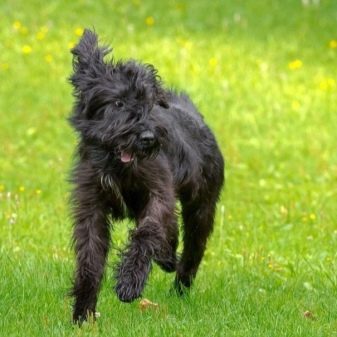
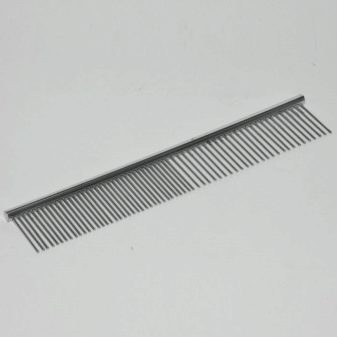
Trimming is carried out once every six months, the head and hips of the dog are processed using a machine, the rest can be wielded with scissors. As the schnauzers grow back, it is necessary to shorten the hair in the area of the eyes and mouth, the beard can simply be washed, leaving the length unchanged. Such procedures are best trusted by professionals, otherwise the dog will look extremely groomed.
Attention on the part of the breeder will require the eyes and mouth of the dog. It is recommended that the animal brush their teeth when using a special brush and paste. You can replace the store composition with baking soda. Eyes are wiped with a moist cotton pad to prevent possible inflammation of the organs of vision, all the discharge in the corners of the eyes must be removed in a timely manner. As the schnauzer grows, you need to trim the claws, it is best to teach a dog to this procedure from childhood. It is recommended to start with the hind limbs, removing only the inanimate extreme part of the nail.


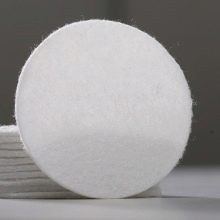
Feeding
The diet of dogs of this breed requires the breeder to observe certain nuances. Since most often the animal enters the house as a puppy, he should properly arrange a place for eating. Bowls with food for pets should be placed on a special stand, the height of which can be adjusted to the growth of the dog. Water must be placed nearby. Do not leave an unfinished portion until the next meal. Any food for the Schnauzer is preheated to room temperature. The optimal time for feeding will be an hour before the planned walk or half an hour after coming home.
The diet of the animal should consist of ¼ plant products and ¾ components of animal origin. It is worth highlighting the recommended products that should be present in the diet of the schnauzer:
- meat and offal;
- seafood;
- dairy products;
- cereals;
- crackers or rye flour;
- eggs
- vegetables;
- greens;
- fruits.
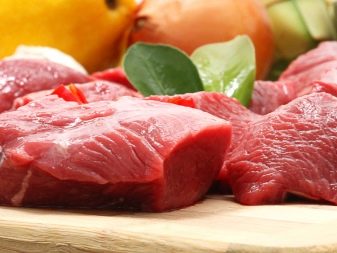
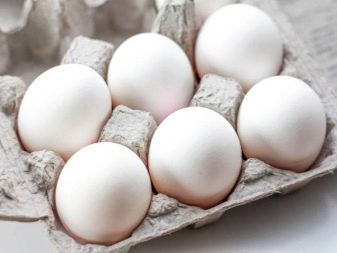
If a dog begs food from a human table, such attempts must be suppressed in a harsh manner. Under the ban are pickles, smoked, fried foods.The breed does not know a sense of proportion, so the amount of food eaten must be strictly controlled so as not to provoke gastrointestinal problems and obesity.
Schnauzers can be fed dry industrial feed or natural food. The daily rate is regulated depending on the age of the four-legged pet.
So, from 2 to 4 months, 200 grams of food will be enough for the animal, by six months the volume will increase by 2 times.
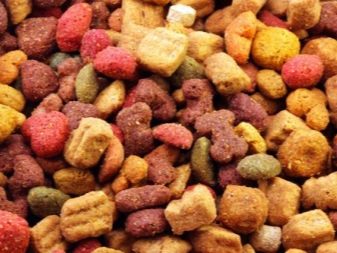
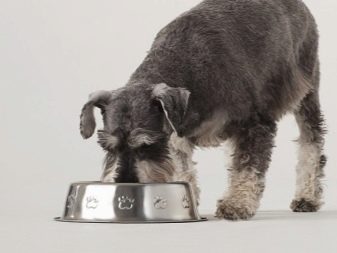
Dog handlers and experienced breeders of this breed of dogs recommend adhering to such rules when drawing up menus.
- The first morning meal is more correct to make liquid. This will have a positive effect on digestion.
- Meat should be alternated with dairy and dairy products. It is best to give it raw, avoiding fatty foods. In summer, meat products and offal are additionally poured with boiling water to prevent infection by worms.
- One meal should contain more vegetables. Their dog is offered in a clean and raw form, for good assimilation of root crops they are crushed, an additional teaspoon of vegetable oil is added. In addition, fresh greens are important for the pet in the diet, it is crushed and added to any dish. Some breeds are forbidden to consume tomatoes, however, the situation is opposite with schnauzers - tomatoes can be given to them, but previously peeled.
- From 4 months, it is necessary to temporarily remove solid ingredients from the dog’s menu until the teeth change.
- It is best to pre-boil the fish, remove small bones. The preferred options for the schnauzer will be marine varieties, pollock is prohibited.
- Among dairy and sour-milk products, the priority will be cottage cheese, fermented baked milk or kefir, hard cheeses. Such products are important for the dog throughout life, as they are an indispensable source of calcium, important for bones and teeth.

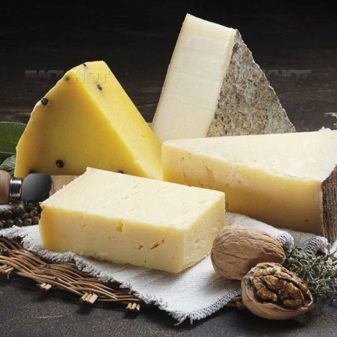
If it is easier for the breeder to feed the pet food with industrial production, then the acquaintance of the puppy with such products should be gradual. Dry feed, as well as a variety of pastes and jellies, are allowed. Choosing options for store feed based on the subspecies and size of the schnauzer, premium products are the priority. If the animal has any allergic reactions or diseases, the selection of the optimal food should be carried out together with the veterinarian.
When organizing food, one should not forget about the constant access of the dog to clean drinking water, especially when feeding with dry industrial feed.


Training and education
In the process of training and education of the growing schnauzer, the breeder is recommended to build all classes in a playful way. Some basic teams will be able to train the dog simply by playing ball with her. The animal has not lost its hunting instincts, so it is important for the pet to develop and support the search for objects with the help of smell. It is allowed to use food promotion in the learning game.
Dog handlers recommend starting classes with a pet in 2-2.5 months. It is worth noting that the breed is easily trained in various circus tricks. In addition to rewards for a correctly executed team, the owner needs to establish clear boundaries of leadership, so that in case of disobedience to indicate the pet his mistake in behavior. It is not recommended to practice physical strength and screaming during training. Any increase in voice will be enough for the dog. You should not use the technique of teaching teams using mechanical memorization, such options with a schnauzer will not bring positive results.
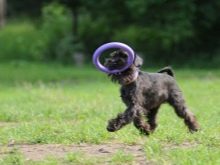
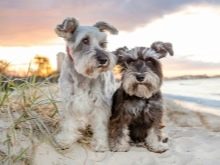
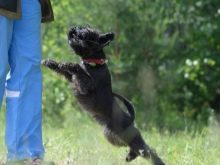
Teaching a dog from early childhood to perform security functions, in the future you can get a good personal guard and watchman for your home.
By resorting to additional courses with a dog handler, you can raise a first-class lifeguard from a dog, animals very well follow the trail.
In the next video you will find more information about the Schnauzer dog breed.








































